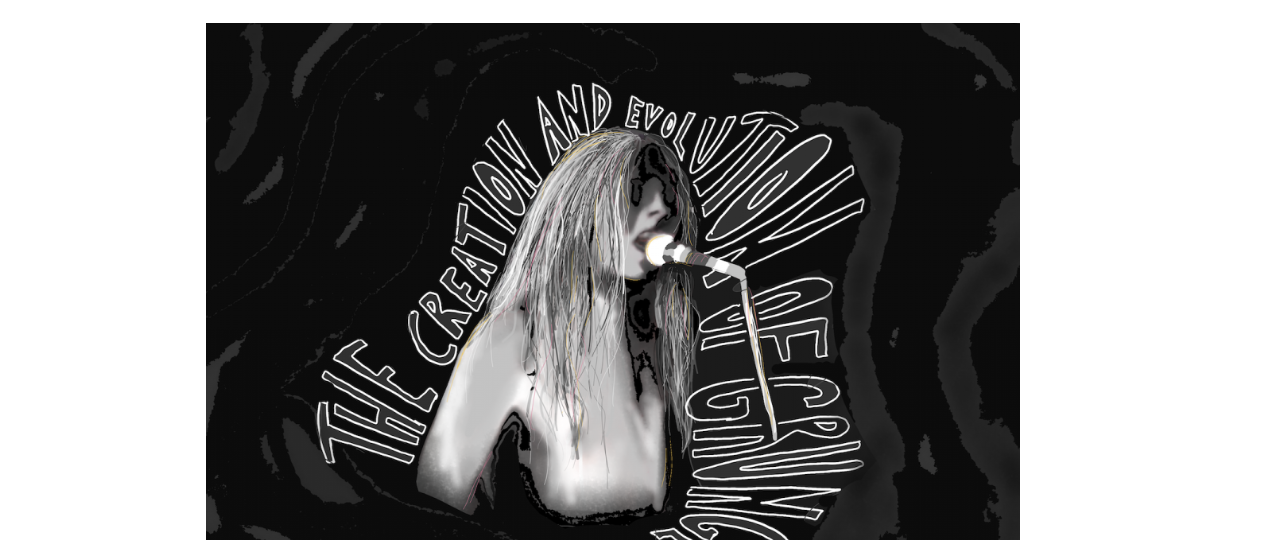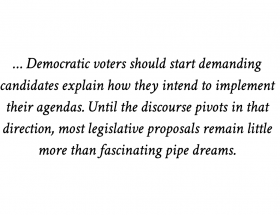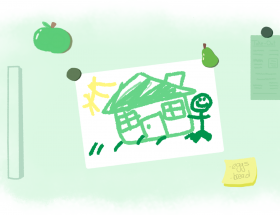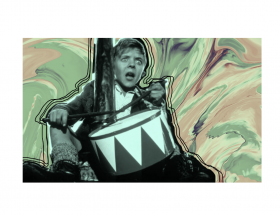In the mid 1990’s, Seattle became the center of the music universe, when grunge bloomed and flourished, and flannels and Doc Martens came into Vogue. Throughout these years, grunge rock evolved from being an underground subculture to a mainstream mass movement in the Pacific Northwest. Somehow, this one word, grunge, meaning trash and dirt, came to represent a musical style and a cultural phenomenon.
Grunge music, of course, is a rebellious subgenre of rock. Grunge is distinctive in its heavy use of guitar, distortion, and dragging lyrics. The lyrics are angry, the music is low, and the guitar is sludgy. Bands like Nirvana, Pearl Jam, Alice in Chains, Mudhoney, and many more, were some of the most influential and well-known grunge bands in the 90’s, and they helped to expand this obscure subgenre into a mass, popular genre. Grunge evolved from punk rock, just as indie rock, in the last ten years or so, has evolved from grunge rock. The genre didn’t start with Nirvana’s “Smells Like Teen Spirit,” like some believe it did. Nirvana, like any other band, was influenced by other popular bands that came before them, and the genre slowly evolved from mid 1980s-90s.
So much of what would become grunge started with The Melvins. The Melvins formed in 1983 in Montesano, Washington, about an hour and a half outside Seattle, and their sound was influenced by classic rock bands like Black Sabbath, KISS, and Black Flag. They played a lot of fast-paced classic punk, and then, all of a sudden, their music began to slow down, while becoming dirtier and muddier. This ‘grungy’ sound started to become more and more popular in the rock community, and influenced bands like Soundgarden and Green River. Green River had a classic rock sound, with snippets of punk here and there, and Soundgarden had influences of metal and classic rock. Green River’s debut album, Come on Down, released in May 1985, has become recognized as the first grunge record. In 1988, a local Seattle- based record label, Sub Pop Records, would help expose more people to the genre, by releasing “Sub Pop 200,” compilation record with music from bands such as Nirvana, Mudhoney, and Green River, and included a 20- page booklet of photographs of bands, concerts, and the “grunge” style. This was the first time the word “grunge” had been officially used to describe a musical style. “It could have been sludge, grime, crud, any word like that,” said Sub Pop founder Jonathan Poneman. Three years later, the band Mudhoney formed in 1988, and their EP Superfuzz Bigmuff would become one of grunge idol Kurt Cobain’s biggest influences. In 1991, Nirvana’s breakthrough album Nevermind was released, and some say that this is one of the most influential albums, created by one of the most influential bands, of all time. This album signaled a sea change, and rock music has never been the same. The songs introduced the audience to a darker side of music– the instruments are abrasive, Cobain presents a dreary outlook on life, the distortion is strong, and the lyrics are dark and sometimes frightening. With the release of the groundbreaking Nevermind came the peak of the Seattle sound.
As the musical style emerged and became popular, so did a cultural phenomenon. Young people, starting in Seattle and the Pacific Northwest, wore flannels, Doc Martens, ripped jeans, long greasy hair, and an attitude of “I don’t care.” “Punk was anti-fashion. It made a statement,” James Truman, editor-in-chief of Details magazine told the New York Times in 1992, “Grunge is about not making a statement, which is why it’s crazy for it to become a fashion statement.” Grunge developed into a simple description of a sound, an attitude, and a style. Use of the “g-word” became socially forbidden in Seattle, as those who used it were “posers.” Grunge would become so popular in Seattle that any band, no matter what sound or genre, who emerged during grunge’s uproar, was categorized as grunge, simply because they came out if its birth city.
The music spoke to angsty, depressed teens, who related to the darker lyrics and raspy screams. At the time, popular music about mental illness and anger was not common, so Nirvana’s song titled “I Hate Myself and Want to Die” was definitely not the norm for most of the United States. It was, however, the norm in Seattle, as songs like these were so different and so edgy, and people became infatuated with the culture. The movement was a creative outlet, it was a cultural phenomenon, it was a rebellious attitude, it was grunge.
art by Sadie Loeber




